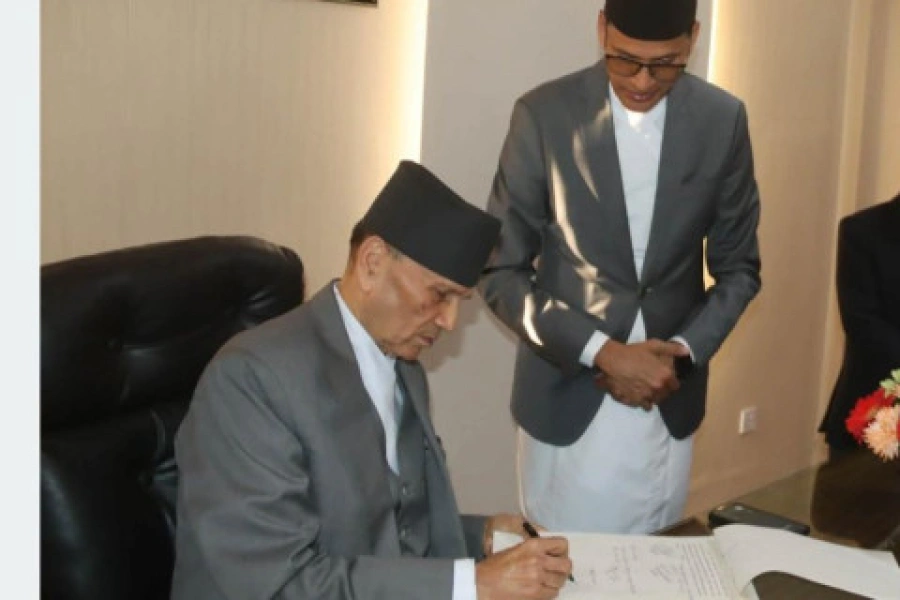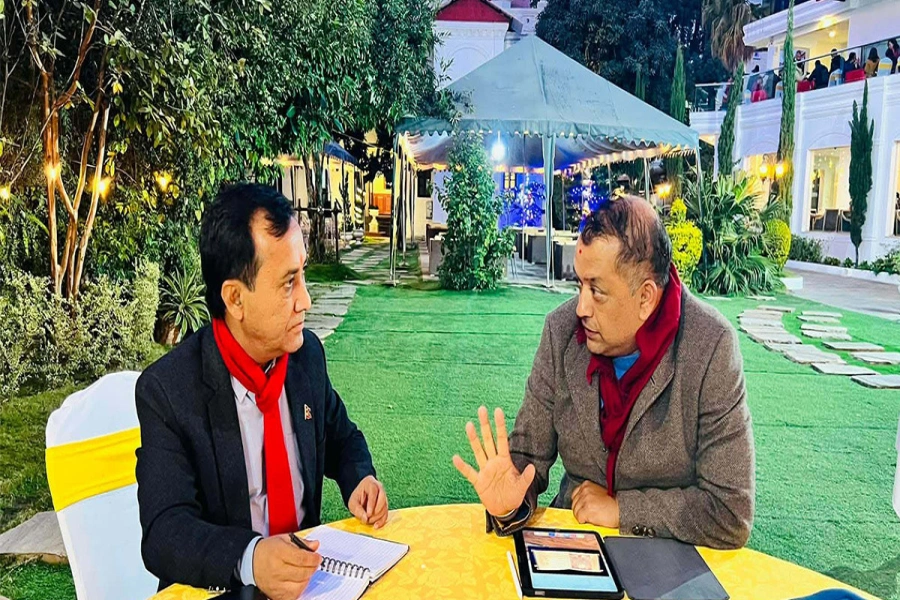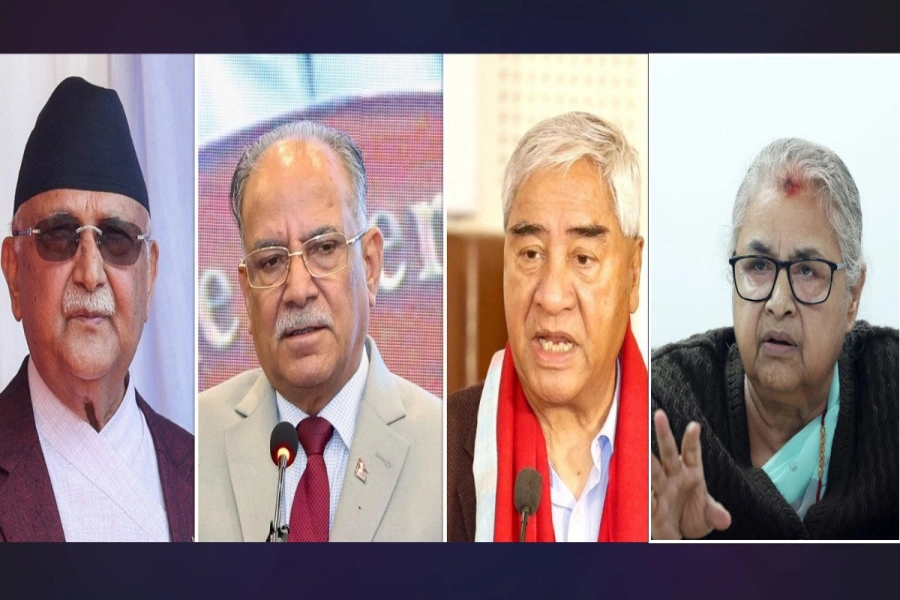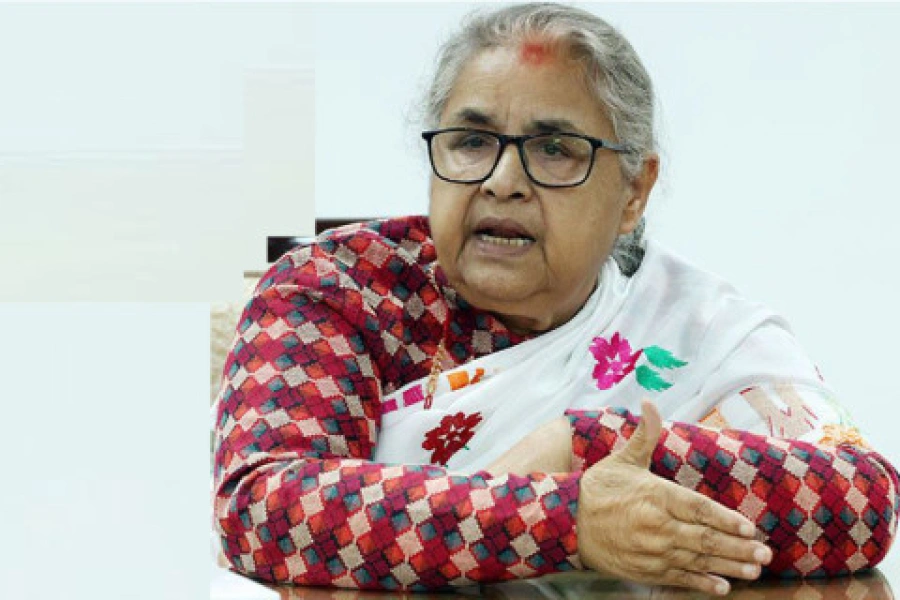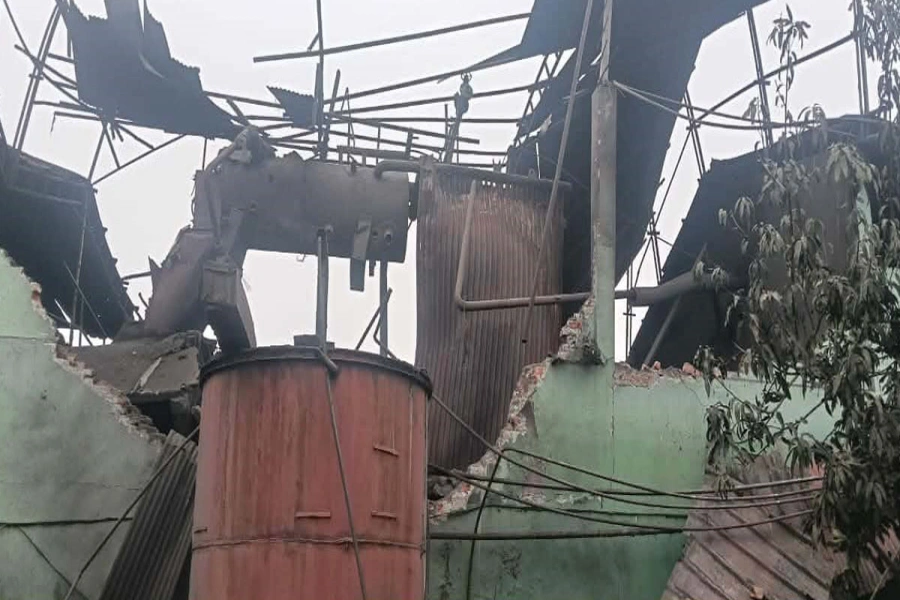Nepalis are disgusted by political leaders due to their inability to show behaviors befitting the republic
Dalits in particular are still neglected by the state contrary to the spirit of the constitution. The Maoists who came to power with the backing of such deprived groups have scant concern on redressing the problems of Dalits. Other major leaders are too recalcitrant for taking up such issues of social justice.
Nepal is full of wonders and paradoxes. It is not only in political sense but also from the points of social resentment and social harmony, contradictions between social disparity and social cohesiveness, between political conflicts and their resolution for democratic revolution, between party splits and party integration and so on. Sometimes, such dichotomy between social, political and religious preference in favor of a particular religion (Hindu) and the beauty of diversity and contradictory developments can be described as the distinctive feature of a country. It’s really romantic to describe such a social mosaic and people’s behavior befitting the old civilizational traditions of syncretic culture which remains undisturbed by conflictual political competition and emotive attitude towards issues concerning the country.
Taking social fabric, the structure of Nepali society is so striking that each geographical region has its own distinct ethnic distribution pattern in sequential order that is hardly found in many other societies. Limbuwan is composed of Limbus and the conglomeration of a few other communities including Bahun,Chhetri, Lepcha and Gurung. A little further west comes the population of Rai interspersed with some high caste and low caste groups. The Rais inhabit in maj-kirat and have their own language and culture. The Limbus can be grouped in the Kirati segment despite their own language and customary tradition.
Unraveling the procrastination puzzle: Is it a habit or a disor...

Then comes the region composed of Sherpa along with a mixture of other social categories. Sherpas generally live in high mountains close to the Himalayas. The Sherpa group shares, to some extent, the same linguistic and cultural identities with the Tibetans across the northern border. A little further in the eastern hill, Tamangs live in Rasuwa, while the Newars live in the valley and in some adjoining areas. In fact, Nepal has this nomenclature from the valley. Even the Gorkha conquest did not impose its name “Gorkha” after its victory over the Newar kingdoms.
The Gurung community has a sizable population in Lamjung, Tanahu, Kaski and even in Gorkha and Syangja areas and the Gurungs with their own language and culture are called Tamor. Then comes the area of Magar starting from Palpa to Gulmi, Argakhanchi, Myagdi, Rolpa, Rukum and other hill districts. The area dominated by Magars is known as Magrat. In the rest of the western hills, the domination of Khas called the Indo-Aryan group belongs. The Khas-Chhetri and Bahun plus other caste groups including the Dalits have the predominant population in the Karnali and far western region.
The Tarai region stretching from Jhapa to Kailali-Kanchanpur provides us with a panorama of various local communities despite the changing demographic picture contributed by the north-south migration i.e from the hills to the plain. In many areas, the migrant hill people have outnumbered the local communities consisting of Rajbanshi, Satar, Dhimal, Meche, Koche and Tharus. In the core districts of Madhesh, which is called Mithila, Awadhi and Bhojpuri linguistic belt, the local caste group except the Muslim with (about 5%) has a sizable population despite the impact of internal and external migrations. The Tharus in the western region continue to be significant from the point of view of demographic structure often prompting the Tharus to demand a separate Tharuhat province.
The Kathmandu valley has its own civilizational distinctiveness and can be authoritatively called the core of Nepal’s cultural identity. Endowed with such rich cultural heritage, the valley presents a distinct cultural evolutionary pattern mixed with different brands of religions. Thus comingling of different cultural strands is the essence of Nepali civilization that nowhere exists in South Asia. It is as exciting as it is beautiful. Further, contrary to the spirit of the federal system, Kathmandu continues to centralize power as a historical legacy.
Nepal has witnessed political upheavals ranging from creating a nation state, though by conquest, to perennial political instability triggered by intra-palace conflicts and murderous historical scenarios. Then, came the period of stability following the rise of the Rana family oligarchy lasting 104 years until the overthrow of it in 1950. Again, the restoration of monarchical power by default occurred as the post-Rana political developments didn’t favor institutionalization due to myopic political leaders, along with the simultaneous rise of absolute monarchy.
The 1960 coup staged by King Mahendra with the help of the army provided some semblance of stability with coercive powers but couldn’t withstand political opposition against it. As a result, the multi-party system, abandoned in 1960, was restored with new hopes and aspirations. But feuds among politicians prepared the ground for reemergence of absolute monarchy. Gyanendra Shah, who by default, had become the King following the palace massacre in 2001 usurped power again but his autocracy couldn't resist the anti-monarchy movement leading to the end of monarchy itself. Now Nepal is a republic.
The foregoing narrative gives a glimpse of a contrasting picture of the country. On the one hand, Nepal’s socio-cultural harmony exists on the strong social foundation despite occasional resentful and angry sentiments expressed against the continuing disparity gap between high caste communities represented by the Brahimin and Chhetri and the marginalized social groups, Nepalis still live in peace and harmony on the other. Whatever their resentments and anger, these social groups are not extremists as evident in many other countries of the world. Dalits in particular are still neglected by the state contrary to the spirit of the constitution. The Maoists who came to power with the backing of such deprived groups have scant concern on redressing the problems of Dalits. Other major leaders are too recalcitrant for taking up such issues of social justice.
Even if the Nepalis are disgusted by political leaders due to their inability to show behaviors befitting the republic, the people have no other options but to reconcile to the new republican order which is the climax of democratic upsurge. What other regimes could be more democratic than republican. Lack of minimum standard of democratic culture, sensitivity to the downtrodden and too much politicking at the center trigger instability which is the ailment of present republican governance. Nevertheless, whatever paradoxical it may appear, Nepal still continues to be attractive for its tolerance, agile people and harmony. Political animosity is soon forgotten for the greater cause of peace and prosperity. The Maoist party that waged violent insurrectionary movements allegedly killing as many as 17,000 people is now in power. And it is the essence as well as strength of the country.








